Theben Switches


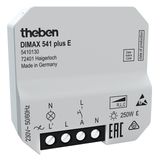
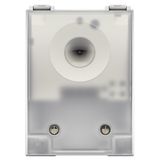
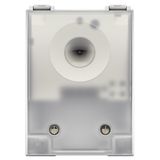
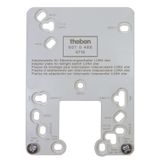
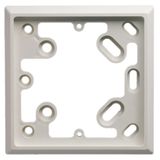


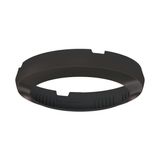
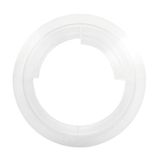

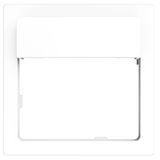
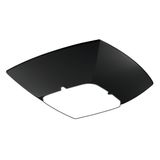
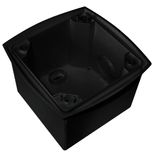
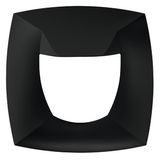

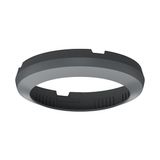

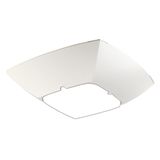
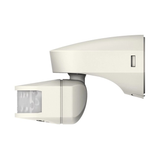
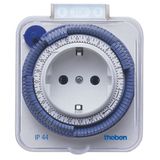


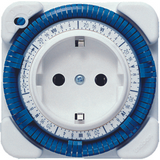
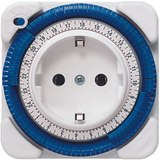
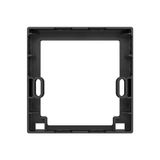
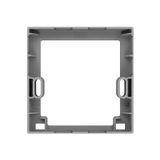
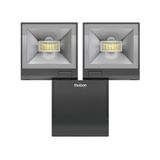


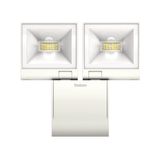

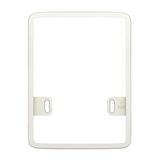
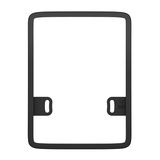
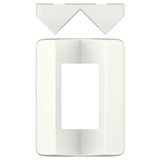
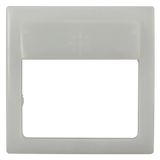
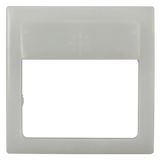
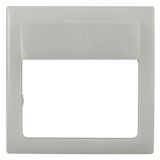

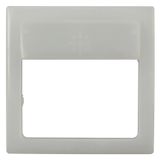


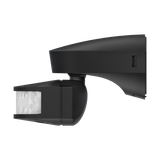

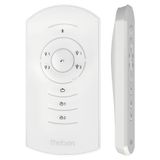



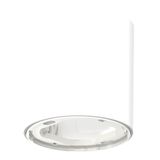
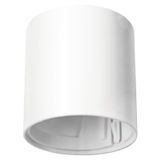
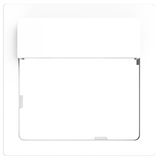
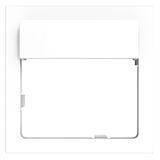


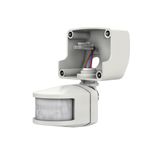
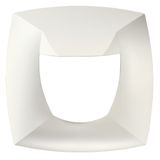
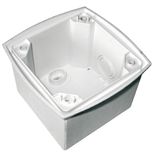

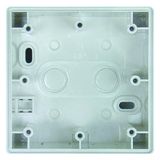
-
-
1
- 2
-
theben switches used across offices and hotels
Contact systems are sized for LED loads with 10 AX and 16 AX at 250 V AC, typical dielectric strength 2.5–3 kV, and mechanical life beyond 100 k operations. Frames keep bezel planes consistent; locator LEDs and engraved legends reduce mis-operation during night work. For churn, plan spare rockers and keep identical SKUs for theben switches wherever layouts repeat.
theben wall switches installation geometry and finishes
Mechanisms drop into 60/71 mm box standards; 40 mm boxes suit basics, 60 mm keeps bend radius for dimmers and sensors. IP20 is common indoors; gasketed fronts reach IP44 at bathrooms and corridors. Finishes span UV-stable PC, anodised aluminium, and glass-effect polymers with solvent-resistant legends. Crews catalogue theben wall switches by module count and illumination voltage so cartons arrive room-bundled and serviceable.
theben electrical switches wiring windows and safety data
Screw or push-in terminals accept 1.5…2.5 mm² Cu, strip 10–12 mm, pull-out ≥60 N on ferruled fine-strand. Glow-wire points meet 650–850 °C where specified; insulating parts rate 90–110 °C around warm luminaires. For EMC, route SELV separately and respect divider strips; earth paths remain short and direct. Label carriers on theben electrical switches stay readable after solvent wipe-downs and routine cleaning.
theben time switches scheduling for lighting and HVAC
Rail and panel formats offer weekly/astro programs, holiday tables, and sunrise/sunset offsets; relay outputs switch contactors or small pump loads directly. Backup power bridges short outages; drift stays tight when GPS or DCF sync is present. Use potential-free contacts to hand off cleanly to BMS inputs, and group theben time switches per riser so maintenance sees identical menus across boards.
theben programmable switches logic blocks and I O
Compact controllers add pulse, staircase, and presence interlocks; external inputs accept pushbuttons for manual overrides. Interfaces span dry contact, 0–10 V, DALI triggers, or KNX where a bus exists. Store parameter files per room type to clone floors without re-entry. When tenant changes require new hours, technicians edit the same theben programmable switches template and re-deploy in minutes.
theben power switches endurance under real loads
AgNi or AgSnO₂ contact sets ride through inrush from LED drivers and small motors; endurance improves with RC snubbers on AC coils and flyback on DC. Use 16 AX where mixed inductive/resistive duty appears; verify heat paths in crowded boxes. Facilities flag theben power switches wherever fans, heater spurs, or signage require manual override beside automation.
theben modular switchgear alignment on the DIN rail
MCBs, contactors, timers, and meters follow 17.5 mm module pitch and 35 mm rail, keeping door cut-outs and trunking clear. Auxiliary contacts, shunt trips, and signal modules latch without tools; markers and seal covers sit in predictable positions. In tight risers, consistent depth avoids clashes between comb busbars and duct lids. Document torque windows and jumper schemes for theben modular switchgear so acceptance tests stay unambiguous.
Applications and compatibility notes
Apartments and hotels lean on shallow-depth fronts, locator LEDs, and staircase timers; office cores use scene/momentary fronts into relays and DALI; plant rooms rely on rail timers, contactors, and override stations; car parks need IP44 fronts and anti-tamper screws. Baskets and gland plates keep M16/M20/M25 threads consistent; conductor colours and marker fonts mirror panel standards to speed fault tracing.
Technical characteristics installation teams actually use
- Terminations: 1.5…2.5 mm² copper, strip windows 10–12 mm, torque 0.5–0.8 Nm for mechanism screws, 1.2–2.0 Nm on rail terminals.
- Thermal: reserve 7.5–10 mm breathing around warm modules; derate above 40 °C enclosure ambient.
- Controls: momentary contacts for relays and building controllers, maintained for direct circuits; locator LEDs on 12/24 V DC or 230 V AC.
- Diagnostics: LED flags on timers and relays, test tabs for commissioning without live loads.
Selection criteria for B2B buyers
Fix circuit type first—direct switching versus controller input. Choose 10 AX for resistive/low inrush, 16 AX for LED/inductive. Lock frame pitch, box depth, and legend scheme by room bundle. Define IP target by zone and confirm gasket kits. For scheduling, select weekly or astro and decide on sync (GPS/DCF) and memory retention. Publish torque and strip tables so crews repeat results at scale.
Advantages of working with Bankoflamps
We organise procurement in the same order crews install. Quotes with EAN and MPN land in about an hour, and live EU stock appears before teams are booked. Your portal shows lead times, shipment tracking, and downloadable price lists with validity windows that keep budgets predictable. Trusted accounts use post-payment up to 30 days. We consolidate by room bundle so frames, mechanisms, timers, and rail gear arrive together, and your account manager checks contact ratings, module pitch, box depth, gasket sets, legend packs, and torque notes against your drawings—keeping deliveries site-ready across France, the Baltics, Germany, Spain, Italy, Belgium, and the Netherlands.